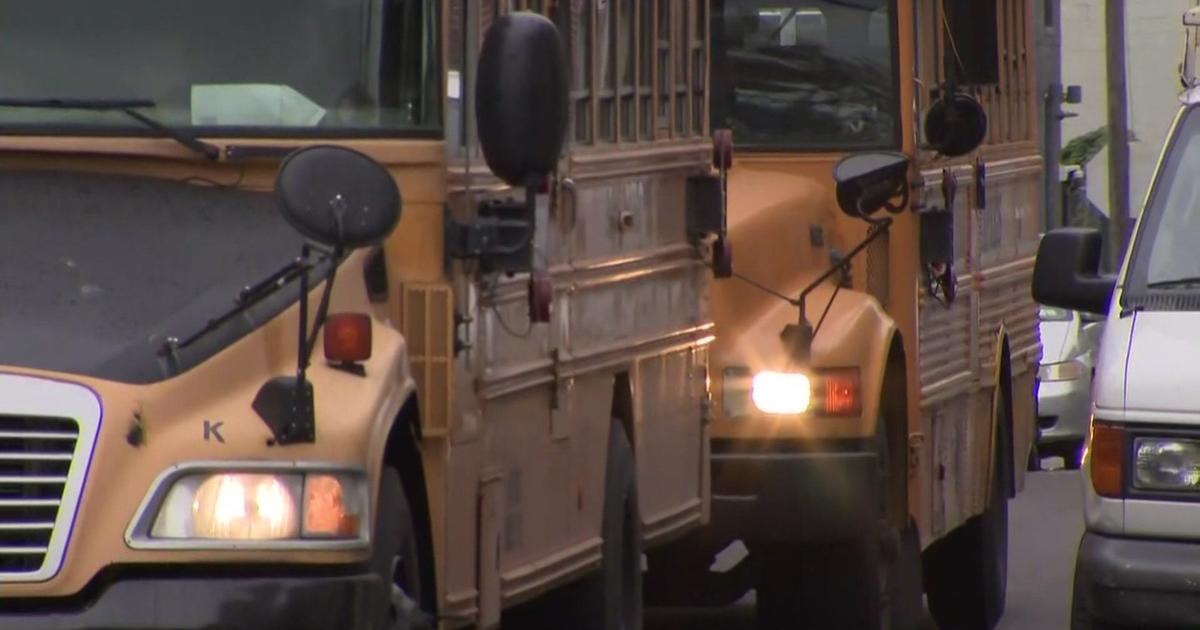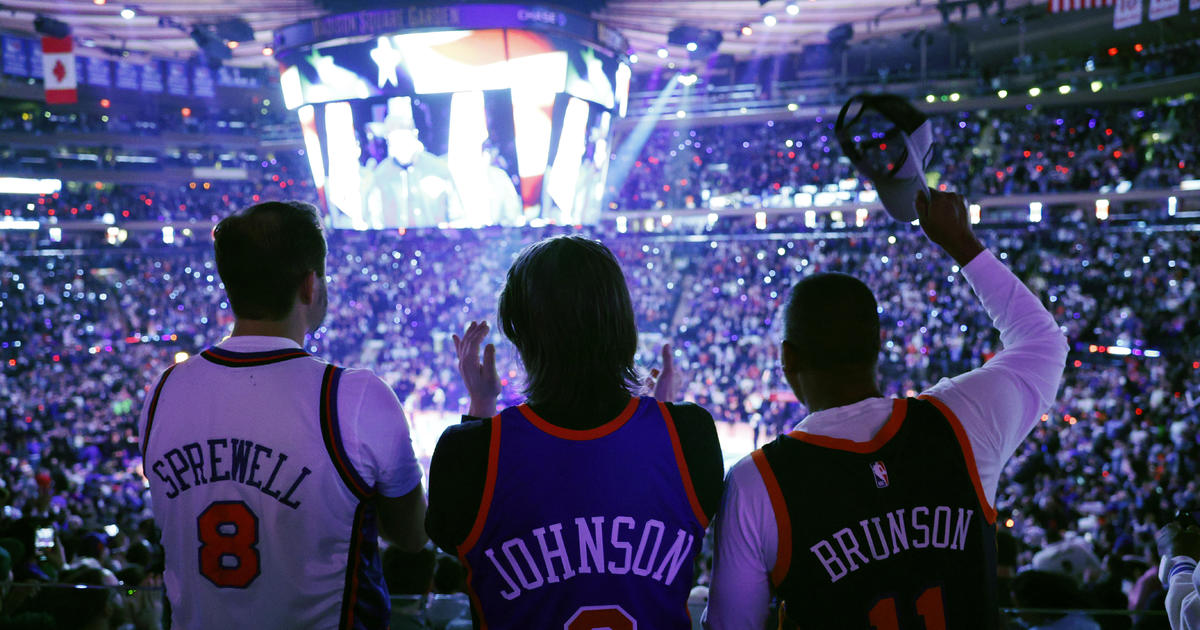Clock Is Ticking In Fight Against Asian Longhorned Beetles
NEW YORK(CBSNewYork) -- The battleground is growing in the fight against the Asian Longhorned Beetle.
As CBS 2's Carolyn Gusoff reported, hundreds of trees have already come down across Long Island and thousands more are expected to face the same fate.
Report Infestations: Beetle Busters | Asian Longhorned Beetle
The groan of chainsaws echoed along the Southern State Parkway on Monday, as hundreds of trees were being chopped down. The culprits were Asian Longhorned Beetles that leave trees riddled with holes and kill them from the inside out.
"It chews its way out leaving a perfectly circular hole," UDSA Project Manager, Joseph Gittleman, explained.
Experts thought that they had won the fight against the pest five years ago, but a resident on a West Babylon street spotted a live beetle last year and the fight began anew, from square one.
"My feeling is, they never went away. We just missed them," Cornell University Jody Gangloff-Kaufmann said, "It's definitely disappointing and we just need strong efforts to eradicate this."
Crews have been out in force inspecting trees in Babylon, Huntington, and Oyster Bay, 500 infected trees have already been chopped down.
More than 4,000 suspected trees will be removed along the parkway, and the area of quarantine, where infested trees must be chopped and chipped has more than doubled to a size of 51-square miles.
Babylon officials are helping to spread the word, because if left unchecked the insect would decimate the landscape.
"It is important because it could cause devastation to the agricultural economy of the state," Babylon Deputy Supervisor, Tony Martinez explained.
Homeowners should be on the lookout for telltale holes in bark and report sightings to the U.S. and New York State Departments of Agriculture.
It is a race against time. The beetles will begin to fly in July and can spread to other regions, including upstate forests.
The Asian Longhorned Beetle first appeared in New York in 1996. It is believed that it came from China to Brooklyn in packaging material that was inadvertently transported to Long Island by landscapers or contractors.
You May Also Be Interested In These Stories



